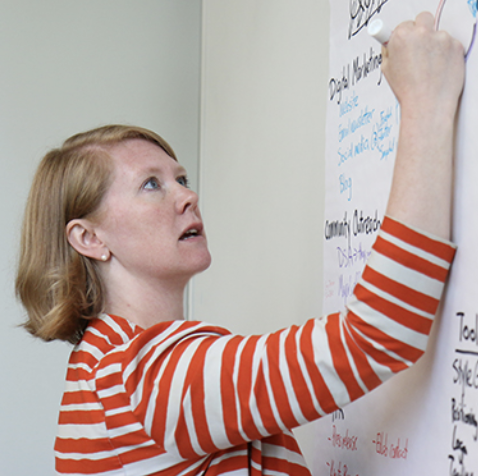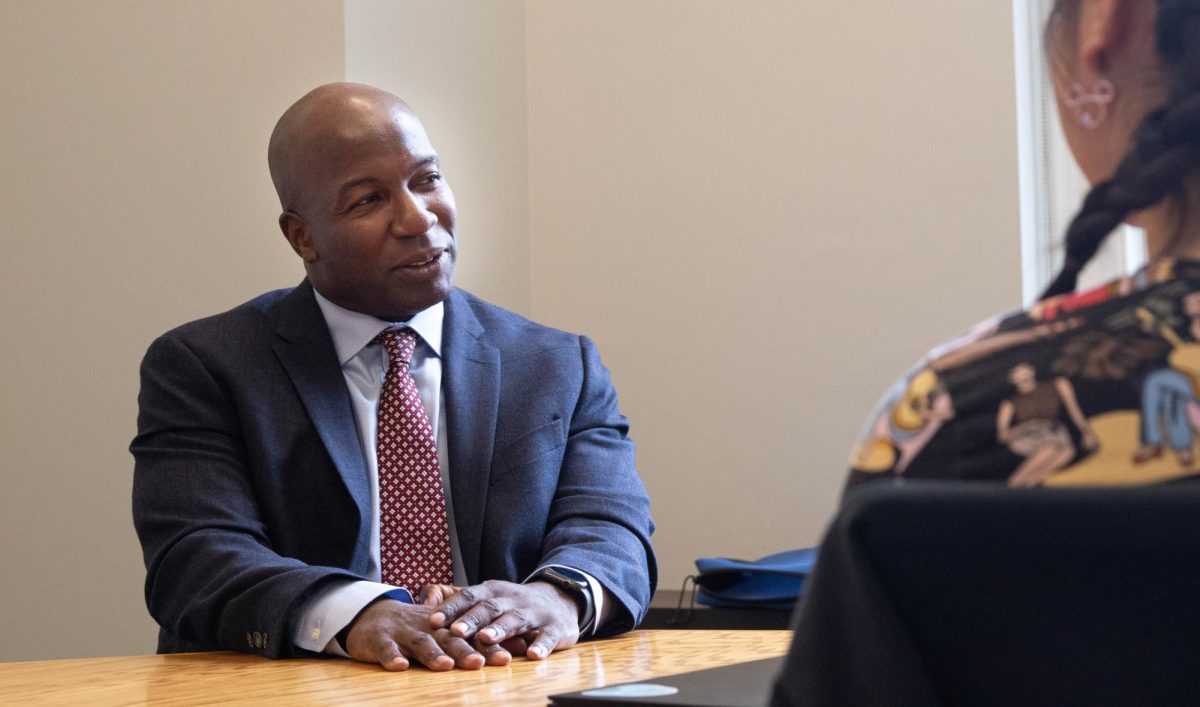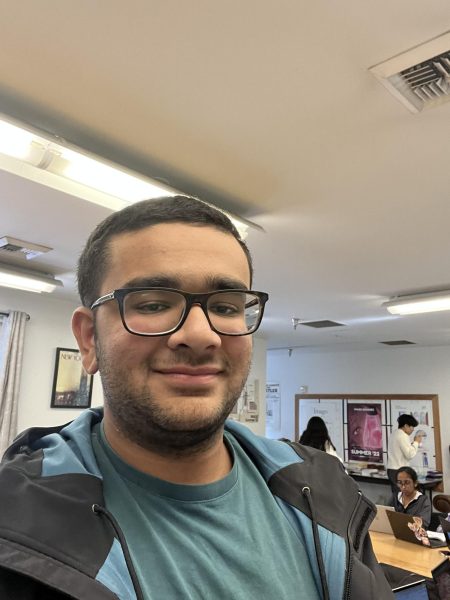Lakeside students may soon be encouraged to daydream at school. The administration has invited two groups of students selected randomly from all grades to participate in what they are calling “dream sessions” — structured discussions facilitated by the Seattle strategic consulting firm Intentional Futures. The intent is for students to “share ideas about the future of Lakeside” and “think about what programs and experiences we’d like to have [at the school].” For students who aren’t invited to these sessions, there will be additional related advisory discussions the week of October 9.
Dream sessions are part of the second phase of Lakeside’s strategic plan, a process which typically occurs after a new head of school arrives and which began early this year with an assessment of school values. According to Dr. Bynum, the first phase of the strategic planning process yielded feedback that emphasized “maintaining a strong emphasis on academics … deepening our commitment to diversity, equity, inclusion, and belonging, strengthening our community engagement efforts in Seattle, and improving school spirit.” Armed with this information, Director of Communications Amanda Darling wants students to know that this second stage of the planning process is “big-picture thinking designed to get us thinking and talking about [our] priorities.”

Accordingly, as opposed to specific ideas about improvements for the school, the administration would like students, faculty, and parents and guardians to consider four different “pathways” in which Lakeside could focus expansion efforts: global leadership, academic excellence, technology and innovation, or experiential education. However, Ms. Darling mentioned that “to provoke conversations about choices and trade-offs, these pathways are exaggerated versions of desired outcomes. Our eventual path forward will likely combine some aspects of multiple pathways.”
Further, Ms. Darling discussed some examples of goals within each pathway that students could consider. These include developing ethical mindsets, prompting students to think critically, and having them engage in leadership; addressing Lakesiders’ mental health and developing an even more rigorous curriculum; embracing technology, fostering innovation, and encouraging entrepreneurship; or developing new campuses, pushing the limits of what a “classroom” can be, and giving students unique opportunities.
After this second phase — described as “data collection” — the final phase of the strategic plan will begin. As Dr. Bynum explains, Lakeside and its partners at Intentional Futures will take information from earlier stages of strategic planning and use it to develop a plan that “helps us organize our hopes and ideas, prioritize our initiatives, and determine how to best allocate our resources.”
Overall, Dr. Bynum and the administration are optimistic about the value dream sessions and related discussions this week will bring: “The opportunity to hear from all portions of our community really excites me. The students, faculty and staff, parents and guardians, and alumni all have perspectives on the school that are important … Hearing the different hopes and ideas brings a lot of energy and insight into the [strategic planning process].”



